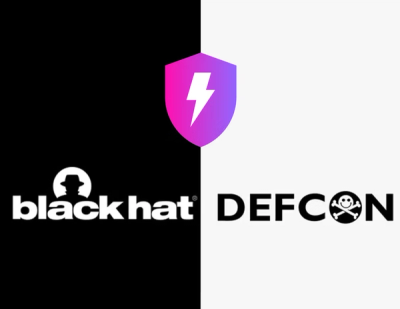
Security News
Meet Socket at Black Hat and DEF CON 2025 in Las Vegas
Meet Socket at Black Hat & DEF CON 2025 for 1:1s, insider security talks at Allegiant Stadium, and a private dinner with top minds in software supply chain security.
angular-custom-modal
Advanced tools
Angular2+ Modal / Dialog (with inner component support).
A continuation of https://stackoverflow.com/a/46949848
zurfyx.github.io/angular-custom-modal
npm install angular-custom-modal
Core:
ngOnDestroy(ed) when modal is closedMinor:
app.module.ts
imports: [
...
ModalModule,
...
],
...
})
app.component.html
<button (click)="htmlInsideModal.open()">Raw HTML inside modal</button>
<modal #htmlInsideModal>
<ng-template #modalHeader><h2>HTML inside modal</h2></ng-template>
<ng-template #modalBody>
<p>HTML content inside modal</p>
</ng-template>
</modal>
my-component.component.ts
@Component({
selector: 'app-my-component',
templateUrl: 'my-component.component.html',
})
export class AppModalContentComponent { }
my-component.component.html
<p>My component's HTML</p>
app.component.html
<button (click)="componentInsideModal.open()">Component inside modal</button>
<modal #componentInsideModal>
<ng-template #modalHeader><h2>Component inside modal</h2></ng-template>
<ng-template #modalBody>
<app-my-component></app-my-component>
</ng-template>
<ng-template #modalFooter></ng-template>
</modal>
app.component.html
<modal #nestedModal>
<ng-template #modalHeader><h2>Nested modal</h2></ng-template>
<ng-template #modalBody>
Nested modals can be created by simply adding a <modal> inside a <modal>
...
<button (click)="nestedModalX.open()">Open nested modal</button>
<modal #nestedModalX>
<ng-template #modalBody>This is the nested modal content.</ng-template>
</modal>
</ng-template>
</modal>
See example source code for more information.
Why ng-template?
ng-template prevents the parent component from initializing the component. Only when the modal library finds it convenient the component will be initialize and visible to the user. Hence, it preserves the natural ngOnInit() and ngOnDestroy() that we expect.
Similar libraries which make use of <ng-content> and its content transclution strategy, do not prevent the component from initializing, but rather just hide it. The component was already initialized in the parent component.
References:
https://angular.io/api/common/NgTemplateOutlet
https://blog.angular-university.io/angular-ng-template-ng-container-ngtemplateoutlet/
https://medium.com/claritydesignsystem/ng-content-the-hidden-docs-96a29d70d11b
https://netbasal.com/understanding-viewchildren-contentchildren-and-querylist-in-angular-896b0c689f6e
The library carries the minimum generic styles. Beautifying it is up to you.
You can find the demo copy-paste styles in modal.css.
Bootstrap users require no additional CSS other than the Bootstrap library (either version 3 or 4).
| Name | Type | Description |
|---|---|---|
| header | @ContentChild('modalHeader'): TemplateRef | Angular Template (<ng-template>) to use as header. |
| body | @ContentChild('modalBody'): TemplateRef | Angular Template (ng-template) to use as body. |
| footer | @ContentChild('modalFooter'): TemplateRef | Angular Template (ng-template) to use as footer. |
| closeOnOutsideClick | @Input(): boolean = true | When set to true modal will close when a click is performed outside the modal container. |
| open | () => void | Opens the modal. |
| close | () => void | Closes the modal. |
| isTopMost | () => boolean | Returns true is the modal is the top most modal, or false if it is underneath another modal. |
To Stephen Paul for the initial Angular 2 Modal version.
MIT © Gerard Rovira Sánchez
FAQs
Angular2+ Modal / Dialog (with inner component support).
The npm package angular-custom-modal receives a total of 166 weekly downloads. As such, angular-custom-modal popularity was classified as not popular.
We found that angular-custom-modal demonstrated a not healthy version release cadence and project activity because the last version was released a year ago. It has 1 open source maintainer collaborating on the project.
Did you know?

Socket for GitHub automatically highlights issues in each pull request and monitors the health of all your open source dependencies. Discover the contents of your packages and block harmful activity before you install or update your dependencies.

Security News
Meet Socket at Black Hat & DEF CON 2025 for 1:1s, insider security talks at Allegiant Stadium, and a private dinner with top minds in software supply chain security.

Security News
CAI is a new open source AI framework that automates penetration testing tasks like scanning and exploitation up to 3,600× faster than humans.

Security News
Deno 2.4 brings back bundling, improves dependency updates and telemetry, and makes the runtime more practical for real-world JavaScript projects.